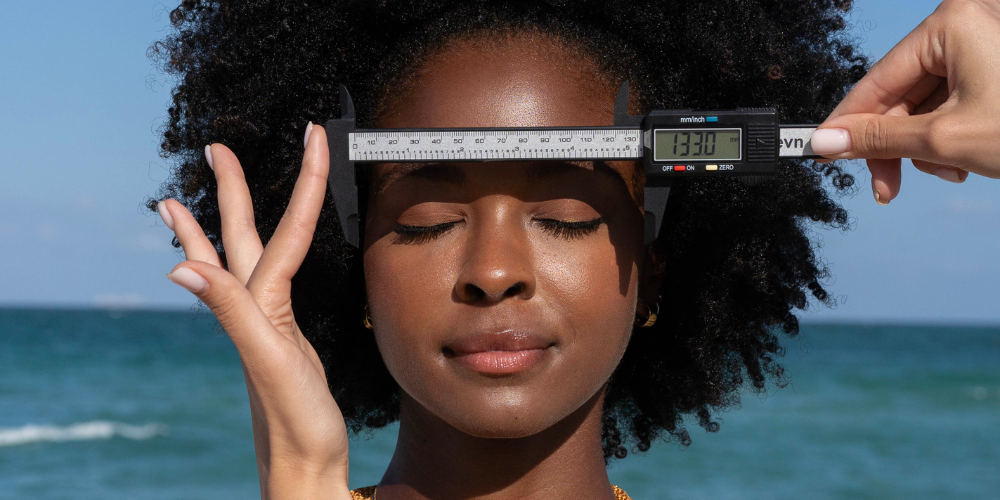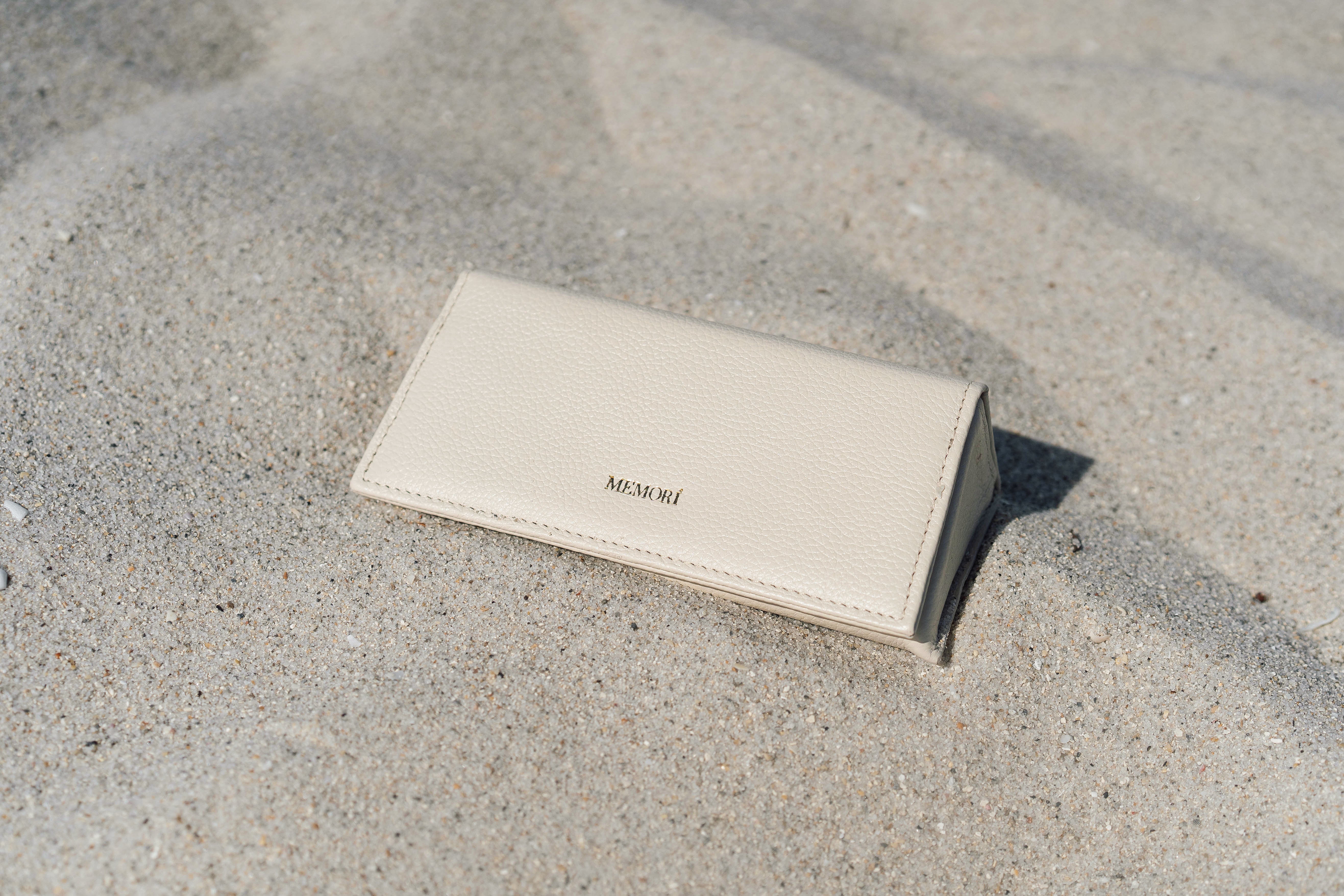In the realm of sunglasses, materials play a crucial role in determining style, durability, and value. What exactly is acetate, and how does it differ from plastic?
LET’S MAKE IT SIMPLE – ACETATE IS FANCY, BETTER-QUALITY PLASTIC.
At first glance, acetate and plastic may seem similar, but their composition and properties set them apart.
Plastic, a widely-used synthetic material, encompasses various types, including polycarbonate and nylon. Acetate, on the other hand, is a specific type of plastic derived from natural sources like wood pulp or cotton fibers, making it a form of cellulose acetate.
Acetate: Better Than Plastic
When it comes to sunglass frames, acetate reigns supreme for several reasons. Unlike generic plastic, acetate boasts enhanced durability, flexibility, and a luxurious feel. Its unique composition allows for intricate designs and vibrant colors, making it a favorite among eyewear enthusiasts seeking high quality frames with rich depths of color.
Bioacetate: The Best of Both Worlds
Taking sustainability to the next level, bioacetate offers an eco-friendly alternative to traditional acetate. Crafted from renewable resources such as wood pulp or cotton, bioacetate maintains the superior qualities of acetate while reducing environmental impact. Sunglass frames made from bioacetate combine luxury with conscience, appealing to consumers who prioritize sustainability without compromising on style.

The Benefits of Acetate and Bioacetate in Sunglass Frames
Both acetate and bioacetate offer numerous advantages for sunglass frames:
- Durability: Acetate and bioacetate frames are renowned for their strength and resilience, ensuring long-lasting wear.
- Flexibility: These materials can be easily molded with into various shapes and styles, allowing for intricate designs and custom fits.
- Aesthetics: The rich colors and textures of acetate and bioacetate frames add a touch of sophistication and elegance to any look.
- Sustainability: Bioacetate frames offer a sustainable alternative to traditional acetate, aligning with eco-conscious consumer preferences.
- Rarity: A few key artisanal acetate craftsmen are still operating, most famously in Italy and Japan. These small batch acetate producers make one-of-a-kind patterned acetate sheets that cannot be replicated again. This has made way for a craft industry of acetate frames that will never be able to be perfectly replicated.
Acetate Frames vs. Injection Molded Plastic Frames
One notable difference between acetate frames and regular plastic frames lies in their manufacturing process. Regular plastic sunglasses are typically made using injection molding techniques, as this allows tens of thousands of frames to be made per day. Slower to produce but better quality, acetate frames are meticulously crafted from sheets of acetate (think: Marble slab). Each acetate frame is carefully cut to shape and then reinforced with a wire core for added support, structure, and durability. This attention to detail ensures that acetate frames maintain their quality and integrity over time, setting them apart from mass-produced plastic alternatives.
The Edge of Acetate Over Regular Plastic
In summary, while both acetate and plastic have their merits, acetate stands out as the superior choice for sunglass frames. Its durability, flexibility, and aesthetic appeal make it a favorite among discerning consumers seeking quality and style. And with the emergence of bioacetate, we can enjoy the best of both worlds – luxury and sustainability – in our eyewear choices.
Next time you're in search of sunglasses that combine style, durability, and eco-friendliness, opt for acetate or, if it is in your budget, bioacetate frames.

Summary:
General plastic: lowest quality and easiest to mass produce option, plastic frames are usually manufactured using injection molding methods. This material takes the longest to decompose in a landfill. “GOOD”
Acetate: a plastic derived from cotton and wood pulp. Luxurious, malleable, and decomposes faster than general plastic in a landfill. Moderately expensive, above average eyewear is generally made of acetate. “BETTER”.
BioAcetate: Has the highest % of cellulose material, thus the best for the environment of the 3 options. Bioacetate is the most luxurious and most malleable plastic-based material that Luxury eyewear is generally made of. “BEST”.








Leave a comment